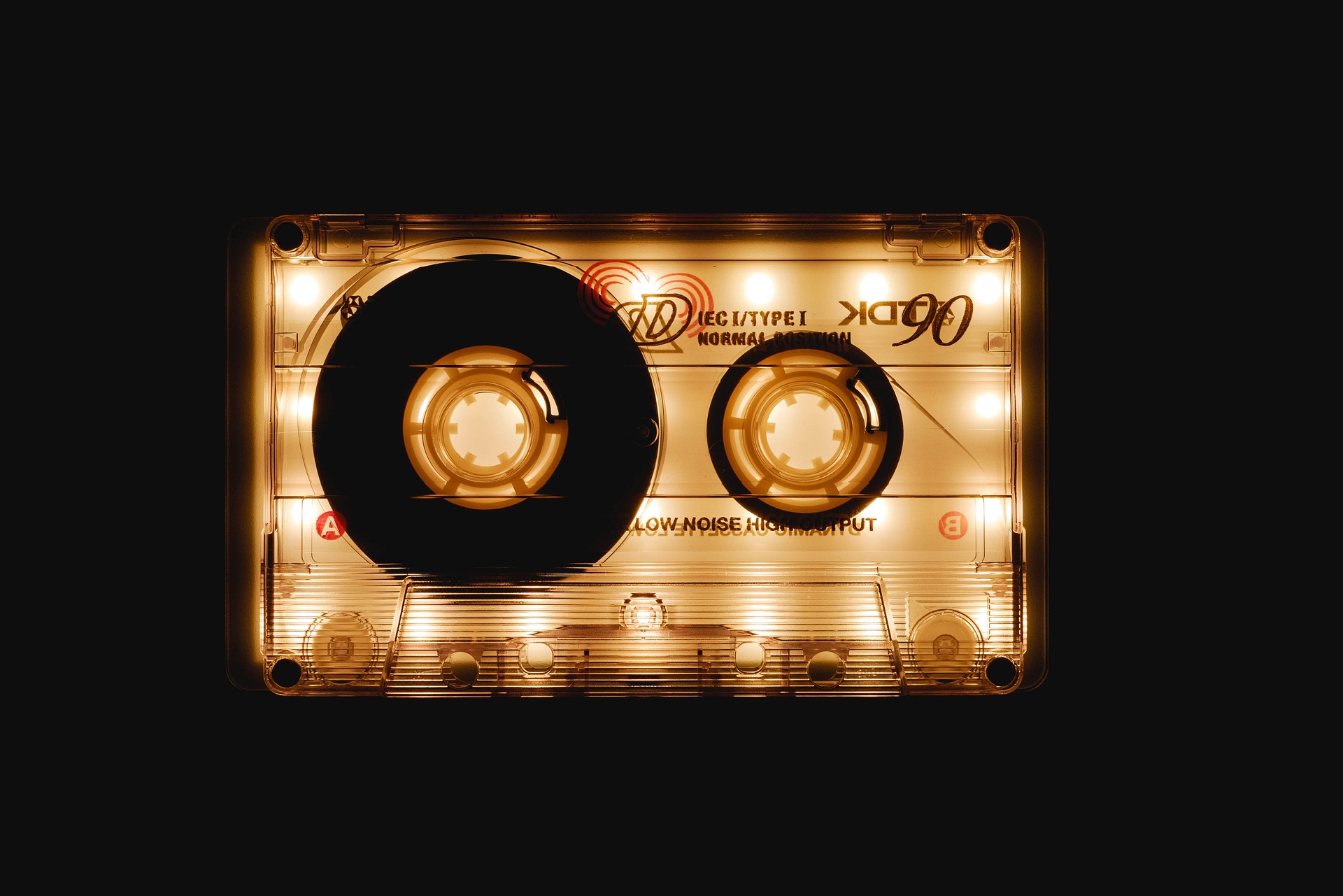Reinventing the Wheel: The Quiet Resurgence of Analog Film in a Digital Age
The rise of digital technology has brought a sea change in the world of film, but amidst the high-tech revolution, an unexpected trend is emerging. The bygone era of analog film is experiencing a quiet resurgence, providing an intriguing counterpoint to the digital narrative.

A Nod to Nostalgia: Analog Film’s Historical Context
Analog film, with its grainy textures and warm hues, harks back to a time when cinema was a tactile, hands-on affair. Before the digital age, celluloid film was the medium of choice for filmmakers, with each frame painstakingly captured and developed. The process was laborious and costly, but it lent a certain charm and depth to the images that digital formats struggle to replicate. The advent of digital technology in the late 20th century, however, revolutionized the industry, making filmmaking more accessible and efficient. Analog film, with its high costs and time-consuming processes, gradually fell out of favor.
The Analog Revival: A Current Trend
Yet, in recent years, there’s been a noticeable shift. More and more filmmakers are returning to analog formats, drawn by the distinctive aesthetic and nostalgic allure. This is not a wholesale rejection of digital technology, but rather, a rediscovery of the artistic possibilities inherent in analog film. This trend has been bolstered by high-profile directors like Quentin Tarantino and Christopher Nolan, who have openly championed analog film. Even mainstream cinema chains have started screening 35mm and 70mm film prints, signaling a renewed interest in the medium.
The Artistic Impact: Why Analog Matters
The resurgence of analog film represents a broader cultural shift, a rejection of the homogenizing effects of digital technology. Though digital formats offer convenience and cost-effectiveness, they often lack the depth and character of analog film. This is not just a matter of aesthetics, but also of process. Shooting on film requires a level of precision and intentionality that can lead to more thoughtful filmmaking. This is not to say that one format is inherently superior to the other, but rather, that each offers its own unique advantages and challenges.
A Balanced View: Analog and Digital Coexisting
The revival of analog film doesn’t spell the end for digital formats. In fact, many filmmakers are finding innovative ways to blend the two mediums, exploiting the strengths of each. The future of film, it seems, lies not in choosing between analog and digital, but in finding a harmonious balance between the two.
The Future of Film: Embracing the Old and the New
As we move further into the digital age, it’s likely that we’ll see even more experimentation with analog formats. This trend doesn’t just reflect a nostalgia for the past, but also a desire to push the boundaries of artistic expression. As filmmakers continue to explore the possibilities of analog film, we can expect to see a more diverse and vibrant cinematic landscape.
In conclusion, the resurgence of analog film is a testament to the enduring allure of the medium. Despite the advances of digital technology, there’s something about the tangible, tactile nature of film that continues to captivate filmmakers and audiences alike. As we look to the future, it’s clear that the story of film is far from over - it’s merely being rewritten.




